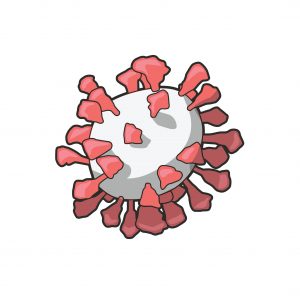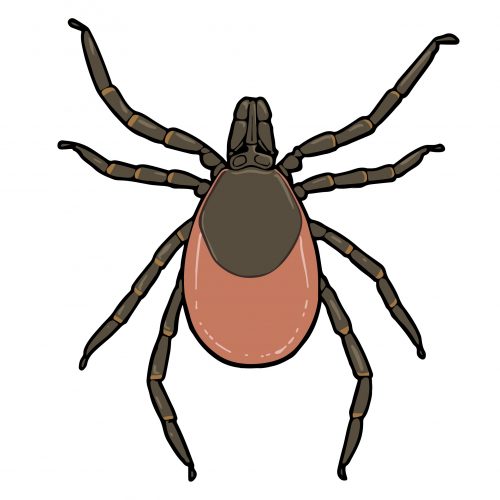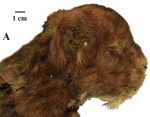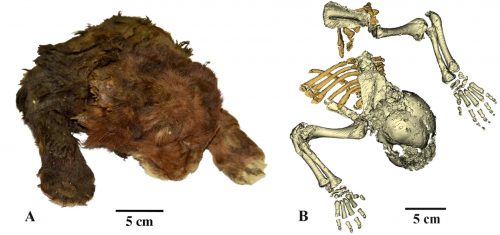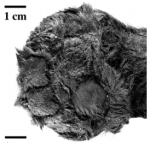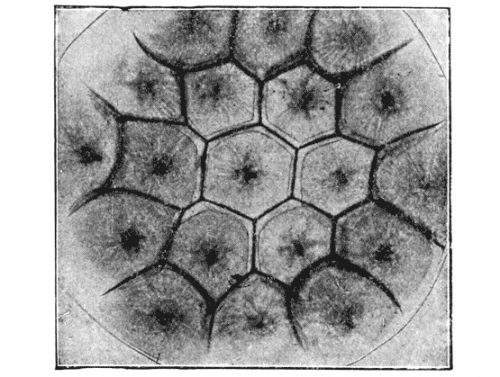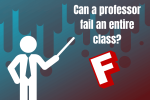Augustin Fuentes has a letter in Science. It’s pretty good.
Science, both teaching and doing, is under attack. The recent US presidential election of a person and platform with anti-science bias exemplifies this. The study of climate processes and patterns and the role of human activities in these phenomena are at the heart of multiple global crises, and yet the scientific results, and the scientists presenting them, are attacked constantly. The dissemination of knowledge on health involving reproduction and human sexuality is increasingly marked for attack (in Russia, Uganda, and the USA), and researchers in these areas are often the target of extensive political pressure. The massive attack on the science and the scientists behind vaccines, pathogen transmission, and public health during the COVID-19 pandemic and beyond is well documented, as are attacks on basic science education and the practice of science (for example, in Hungary and the USA). Even in the arena of biodiversity conservation, there is growing politicization of the data and political targeting of the scientists producing it. According to the US-based National Association of Biology Teachers (NABT), climate change, reproduction, vaccines, and other evidence-based scientific topics are being deemed “controversial” by school boards and state officials and are being removed from state-approved teaching resources across the country. Core research on health, climate, human biology, and biodiversity is being undermined by private foundations, governments, and anti-science ideologues.
Whether science is political, and if it should be, is an age-old debate. Some assert that scientific institutions and scientists themselves should seek to remain apolitical, or at least present a face of political neutrality. Others argue that such isolation is both impossible and unnecessary, that scientists are and should be in the political fray.
But…is there really a serious debate about whether scientists should be politically neutral? In my experience, the question is settled: scientists should be activists. I emerged from the University of Oregon in the 1980s; Aaron Novick was the chair of the department. He was a veteran of the Manhattan Project, who protested against the Vietnam War, and was on the board of the Bulletin of the Atomic Scientists. I worked with George Streisinger for a year, and he was even more radical. His family fled Hungary as the Nazis came to power, also opposed the Vietnam War, and when I knew him, was campaigning against mutagenic pesticides and testifying for the Downwinders, and writing editorials on the dangers of radiation.
What debate?



